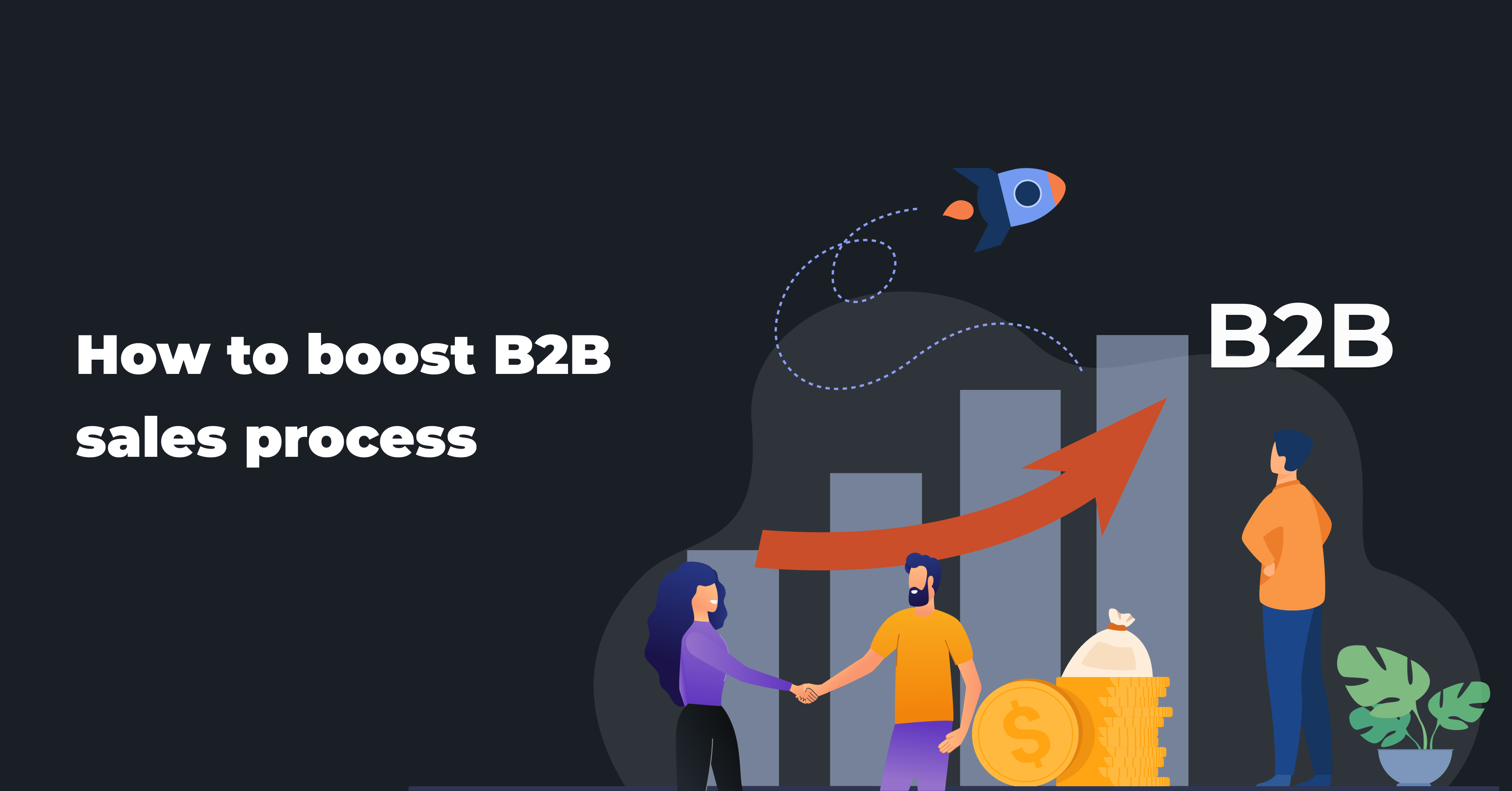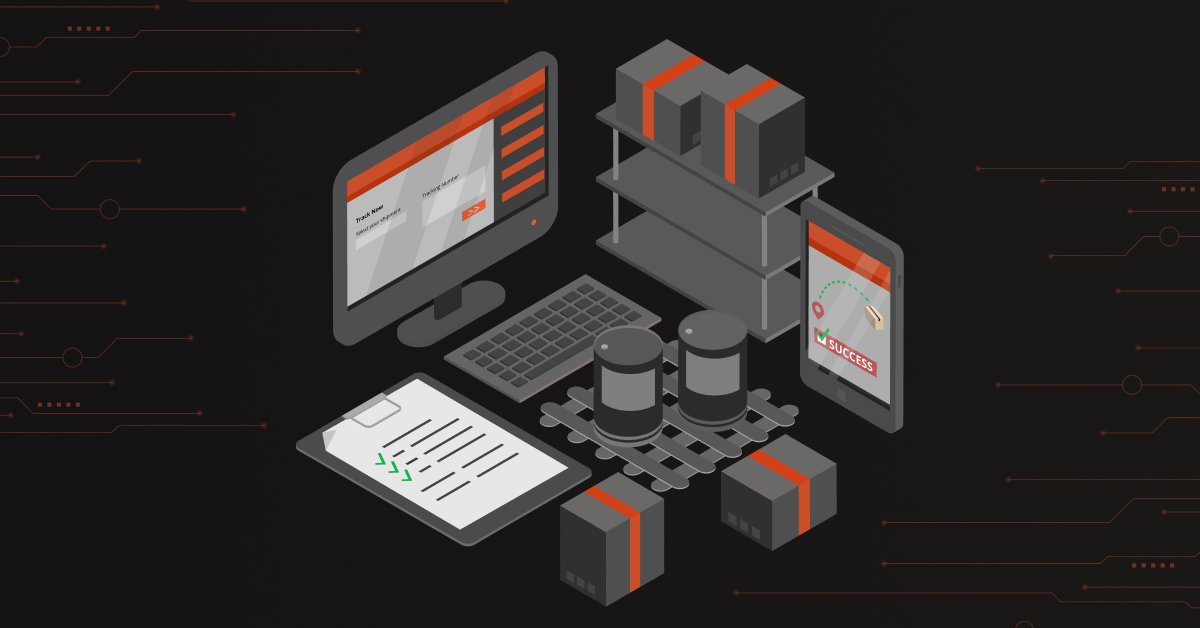With the constantly changing needs and expectations, there’s a lot to catch up on within the B2B world lately. The decision-makers who are at stake for buying are checking more channels now than ever. Based on a study by McKinsey:
- 2016: 5 channels
- 2019: 7 channels
- 2021: 10 channels*
And these channels include email, in-person, phone, supplier website, procurement department, mobile app, e-procurement portal, video conference, web chat, and Google search. One thing is clear: B2B buyers are not settling for anything less than efficiency.
With most of the information available online and all competitors fighting for their place in the growth scale, the buyers too are doing all they could to scrutinize till the last drop before they arrive at a buying decision.
They want to know about your products. They want to know about your company. They want to know about your customer’s feedback. They want to know about your delivery time and discounts. They want to know about your website better. They want to know about your after-sales support. And the list goes on, because of such massive expectations.
But the help of an efficient sales process – which we are going to discuss in this blog now – can help your sales team to assess and proceed a few steps further with the prospects who seek your services.
Contents
What is the B2B Sales Process?
Say, you are invited to deliver a keynote at an important event. Will you go unprepared and speak something that comes to your mind at that juncture? Or would you take some time off, research, understand the topic, and prepare a speech that would reverberate in the audience’s minds?
There exists a process, right? There exists a structure, right?
Similarly, the B2B Sales Process is a step of steps that would help salespeople of your company to understand prospects, approach them, build relationships, nurture them, and hopefully transform them into your customers. That’s how it works.
The B2B Sales Process Framework
Unlike other definitions of business and management, there isn’t any preset rule of thirds that only such a sales process should be followed. You are allowed to make changes. You are allowed to tweak based on the requirements of your prospects. But here, we’ve shared what we tried and tested. Here are some steps of the B2B Sales Process you can try:
- Identify
- Connect
- Research
- Meeting
- Finalize
- Follow Up
As customers – in this case, B2B – have transitioned from direct meetings to interacting more virtually, there lies a need to change the way your company approaches and sells products to a prospect.
1. Identify
Someone out there has just expressed interest in the products or services that you are offering. Identify the company and read more about them, probably on websites like Quora, LinkedIn, G2, and more. Understand their business and customers. Be familiar with them so they remember your brand that once resonated with them. Or, the other way is: You already know a list of companies who are your target audience. Get in touch with them. Don’t sell them directly to the face. That would be a red flag in the first step itself. Take it slow.
2. Connect
Not everyone who is interested in your product or service would end up being your customer. And this is a tough pill to swallow. But does that mean you leave the lead midway? Definitely not. Take time to analyze the lead on whether the company can be considered a good prospect. Maybe a little in-depth research about the company can help get a better idea.
3. Research
Know more about the company. Before you get onto a discovery call or conversations with them, salespeople should research and know about the company to a large extent. Understand their challenges and formulate how your company’s offerings can help solve them diligently.
Bottom-line: Research the prospect and assess the lead before you get onto the first call with that company.
4. Meeting
Set up a call with your lead after you’ve done enough research about them. Because stakeholders do not want to listen to the same features of your product, as they’d have seen the same in the website. No use repeating the same. When they are on a call, they’d like to know more about how “exactly” your brand can help the company overcome its challenge.
Make them get to feel that you are well-read about their company. Do a sales pitch covering all the viral points. Personalize the sales pitch. Don’t use the same template for all. It does not work that way.
5. Closing
This is the happiest part of the process. And take this with a pinch of salt: Not all leads who attend the discovery call will get converted into customers. Some will. Some won’t. But it’s okay. That’s how a business works.
If you have come to this stage, congratulations. The lead you expressed interest in probably some weeks or months back has finally come to a buying decision, thanks to your efforts.
In this stage, talk about the prices once more as some negotiations are ought to happen. Once that is done, sign those agreement papers with a clear set of guidelines and work objectives.
6. Follow-Up
While you are glad that the customer has now been onboarded, does your work end there? Nope. Follow up with the client and ensure they are having a good collaboration with your company, without any hiccups involved. Send a follow-up mail probably to understand how things are going on.
Ask them if they need any more help from you. And if they have a good impression, now is the right time to upsell more products that your company offers. Well, you don’t have to start from step one again as they’d have built a rapport with you by now.
Conclusion
With lots of technological advancements coming each day, there are lots of opportunities for companies to cash up on trends and solve business challenges with modern products and services. Similarly, salespeople can conduct agile experiments to see how they can nurture leads and close more deals. Deliver consistent experiences and honest conversations, and that’s a great way to build customer loyalty.
Tip: After the project gets completed, maybe ask the client for a referral. Chances are more likely you can get it. Or maybe more.




